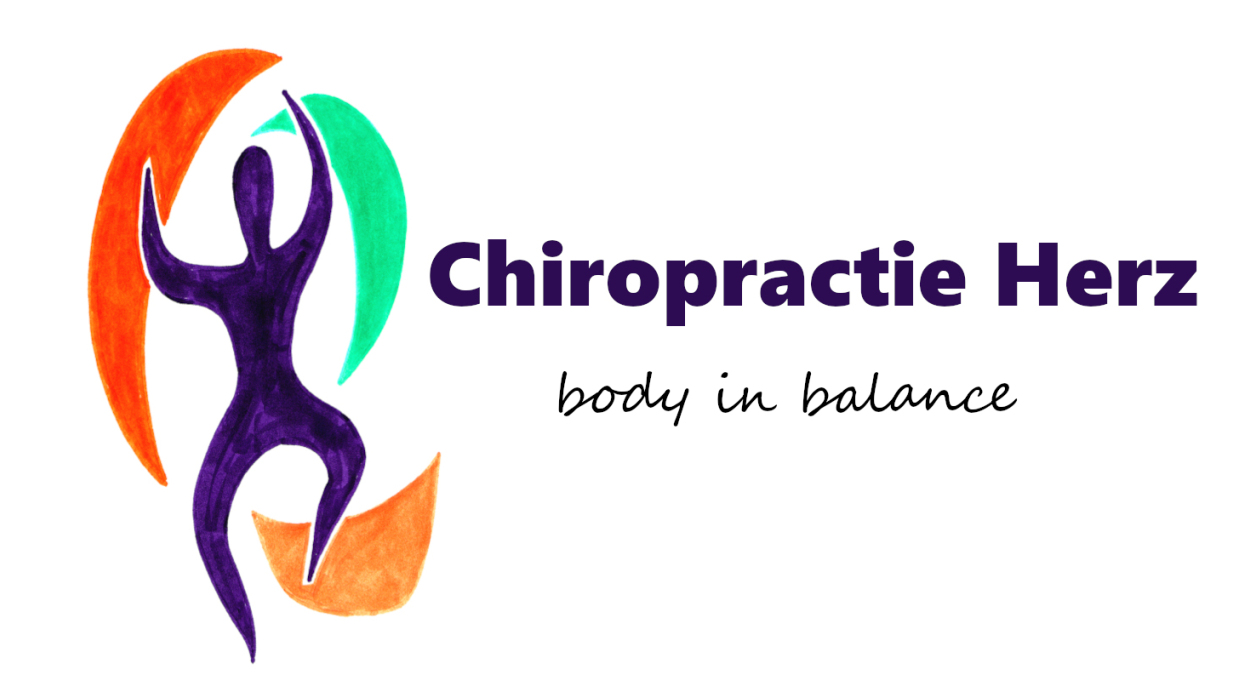
Chiropractic
Chiropractic is a licensed health care profession that emphasizes the body’s ability to heal itself. Treatment typically involves manual therapy, often including spinal manipulation. Other forms of treatment, such as exercise and nutritional counseling, may be used as well.
What Chiropractors Do
Chiropractors approach patient care in a manner similar to that used in conventional medicine. They interview the patient, obtain a detailed health history, perform an examination, do tests, and develop a working diagnosis. They then develop a management plan, start treatment, and monitor the patient’s progress. Chiropractors often treat problems related to the musculoskeletal system.
The manual treatment methods used by chiropractors range from stretching and sustained pressure to specific joint manipulations, which are usually delivered by hand and involve a quick and gentle thrust. The purpose of the manipulations is to improve joint motion and function. Manipulations are most commonly done on the spine, but other parts of the body may also be treated in this way.
Education and Licensure of Practitioners
To practice in the United States, chiropractors must earn a Doctor of Chiropractic (D.C.) degree, pass the National Board of Chiropractic Examiners exam, and have a state license. Many states also require chiropractors to pass an exam about state-specific laws, and all states require practicing chiropractors to take continuing education classes.
To enroll in a D.C. program in the United States, which typically takes 4 years to complete, students must have had at least 3 years of undergraduate education (university level).
Institutions that award the D.C. degree are accredited by the Council on Chiropractic Education, which is recognized as an accrediting agency by the U.S. Secretary of Education. In 2017, there were 15 accredited D.C. programs on 18 campuses.
Chiropractic education includes classes in basic sciences, such as anatomy and physiology, and supervised clinical experience in which students learn skills such as spinal assessment, adjustment techniques, and making diagnoses.